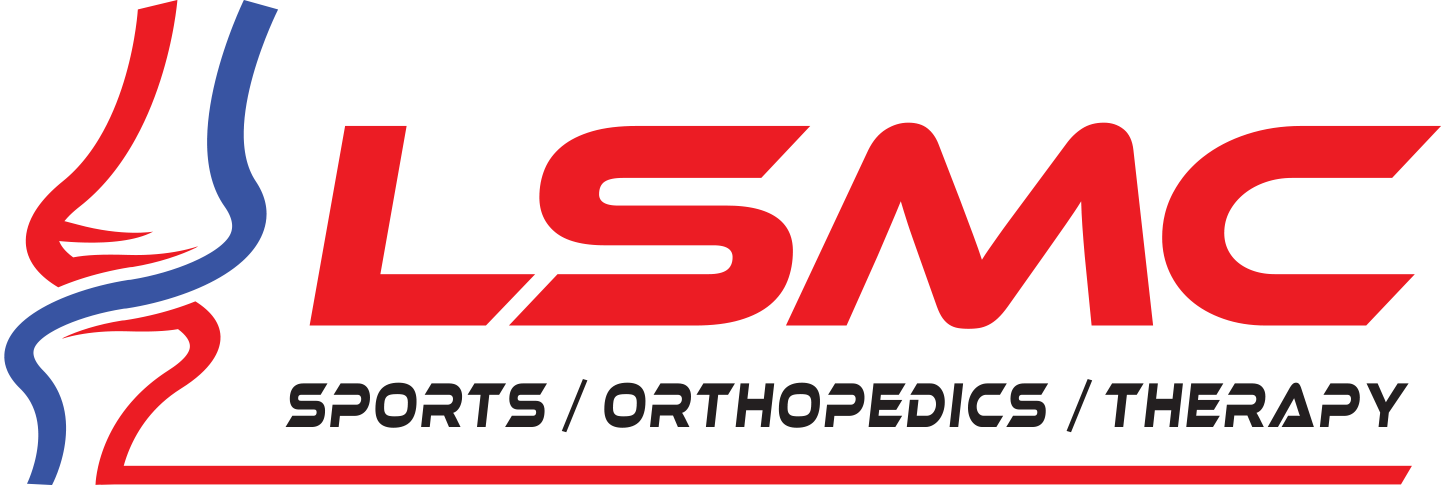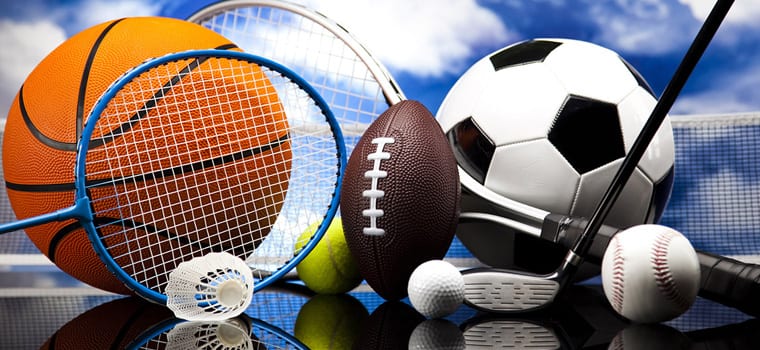Fifty percent of injuries sustained by younger athletes playing organized sports can be avoided if the athlete was properly conditioned to play her game. As competitive levels increase in younger age groups it is the responsibility of parents and coaches to be knowledgeable in proper conditioning programs and to know when to rest athletes to prevent unnecessary and avoidable injuries. Coaches, athletes, and parents must remember that being physically fit for one sport or position does not necessarily mean an athlete is adequately prepared for another
Ideally, male and female high school athletes should participate in a year round conditioning program that varies in frequency and intensity. Today’s high school athletes are, on average, less active outside of their sport’s regular season and are less prepared for vigorous participation in their sport.
Training Seasons
To become better prepared, athletes should know there are four training seasons for a high school sport. The first is the post season, which is 1-3 months following the regular season. Athletes should take this time away from the sport to rest and recuperate both mentally and physically. It is very important to take this time off so the body can heal itself and so the athlete can avoid burn out.
The next season is the off-season, which lasts 4-6 months after the post season. This is where intensive conditioning takes place 3-5 times a week, focusing on improving strength, flexibility, and endurance. Many experts believe flexibility and strength training enhances physical performance and reduces the risk of injury.
The third season is the preseason, which begins 1-2 months prior to the start of the season. Workouts should now shift to assure the athlete will peak out at the start of the season. Properly conditioned athletes will be ready to enter the regular season and have a lower risk for injury.
For younger children, preseason conditioning is the most important. This age should not be made to participate in structured year round conditioning programs like older athletes; instead they should be encouraged to stay active when not in season, and have fun being a kid. Many children at younger ages are being expected to train harder and longer in order to excel in sports. Proper preseason conditioning will not only help the young athlete excel by improving his athletic abilities, but will also help decrease his risk for injury by easing him back into the sport. The goal of preseason conditioning is to improve athletic performance and prevent injury. The American College of Sports Medicine suggests that preseason conditioning begin six weeks prior to the start of the regular season and should have a frequency of three to five times a week.
Proper preseason conditioning should focus on two general components. The first consists of enhancing strength, flexibility, and endurance, and the second is to improve natural sport specific movements and agility. Preseason exercising should begin with more emphasis on stretching while the athlete attempts to get into playing condition. This will help improve flexibility and decrease the risk of injury including sprains/strains, and tendonitis.
Lastly, there is the regular season. It is recommended to continue to train 4-6 days a week anaerobicly and aerobically to prevent de-conditioning, and for high school athletes to continue lifting weights 2 times a week to maintain muscular strength.
10 Principles of Conditioning
The 10 principles of conditioning that your workout should be designed around include:
- Warm up/cool down- warm up with a light jog or swim a few easy laps to get blood flowing into the muscles to warm them up. It is easier to stretch a warm muscle than a cold muscle. After warming up, stretch the appropriate muscle groups, perform the activity, and then cool down with stretching.
- Motivation- coaches should be creative with workouts and practices to keep the athlete interested and keep them from getting bored. Training is allowed to be fun!
- Overload- work harder than normal to place a stress on your body, within limits, and your body will adapt and improve to those levels as long as they are not too difficult.
- Consistency- workouts must have a regular set schedule to be effective.
- Progression- like overload, this is done by increasing the intensity of a workout (more reps or weight) gradually and within the athlete’s ability over a period of time.
- Intensity- quality instead of quantity. Work hard for shorter periods of time, rather than for longer periods of time.
- Specificity- be specific in your drills to match the skill the athlete requires for the sport.
- Individuality- every athlete is an individual and will need individual attention.
- Minimize stress- push athletes, but give them time to rest and be away from conditioning during the week (at least one to two days off).
- Safety- make sure the environment where the athlete is training is safe, and teach proper techniques.
Remember there are many athletes who do not train appropriately and are inactive in the off season. Punishing them by overworking their body the first week or two can lead to a nagging or serious injury, with the possibility of having to sit out part of, or the entire, season. By training properly athletes can be prepared for the start of the season both mentally and physically, decreasing their risk of injury and allowing them to have fun while participating in their sport.









